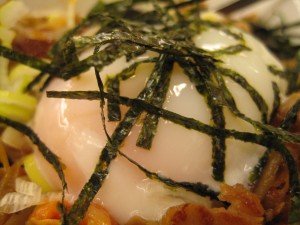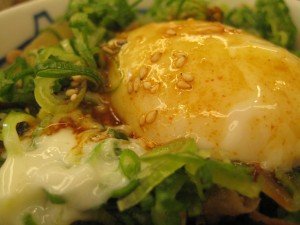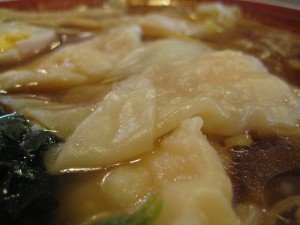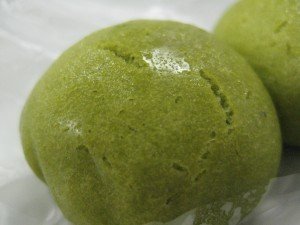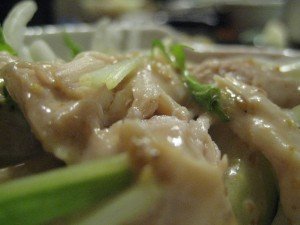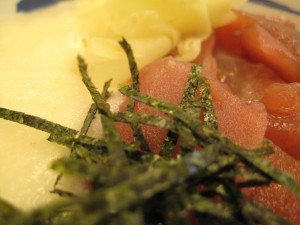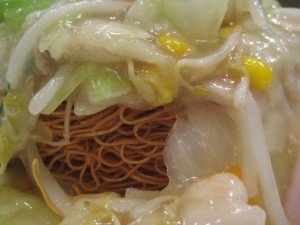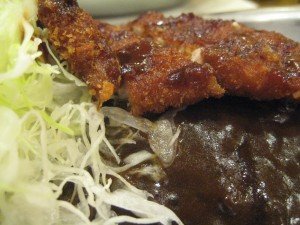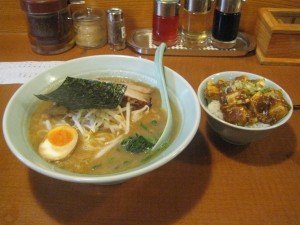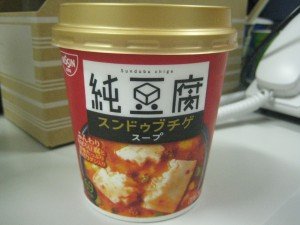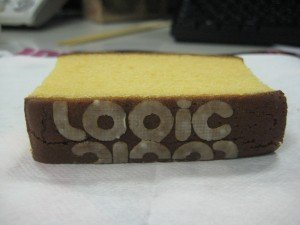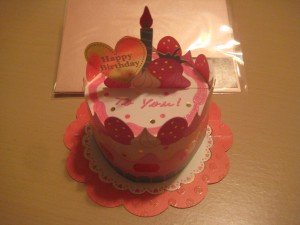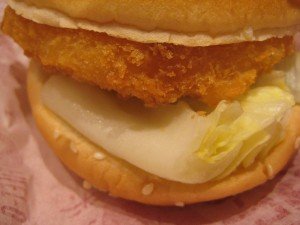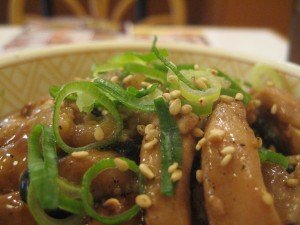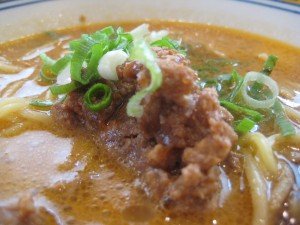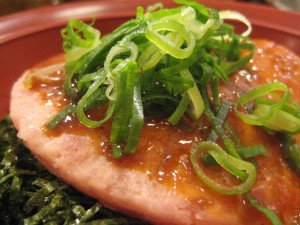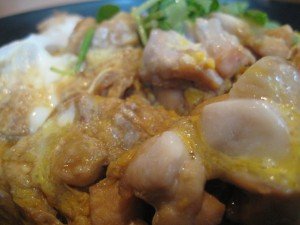Last stop on our trip was Kamakura. The first night we arrived in the area we stayed at a very reasonably priced hotel in Ofuna. I’m told Ofuna has great izakayas but unfortunately it was pouring down rain that night and being already tired from another delayed train ride, we ate at the closest restaurant to the hotel.
The next day we made our way into Kamakura for a day of sightseeing. We hit up lots of regular tourist spots but also experienced a couple “unique” things as well. We bought the Kamakura free day pass (once again, not free but worth it). We boarded the train at Ofuna and got off at Kamakura station. From there we followed the signs and made our way, by foot, to the Zeni-arai Benten Shrine. I like this shrine. It’s tucked up in the hills and literally carved into side of a mountain. The legend (for lack of a better word) goes that if you wash your money at that shrine, it will double in value. I suppose it is up to one’s outlook on life if you believe that is true or not.
On a whim, we decided to stop by another shrine near by, the Sasuke Inarai Shrine. This was a nice little shrine as well. It’s full of fox statues and that day, free barley tea from the overseer! It was a nice little rest before what lay ahead…

